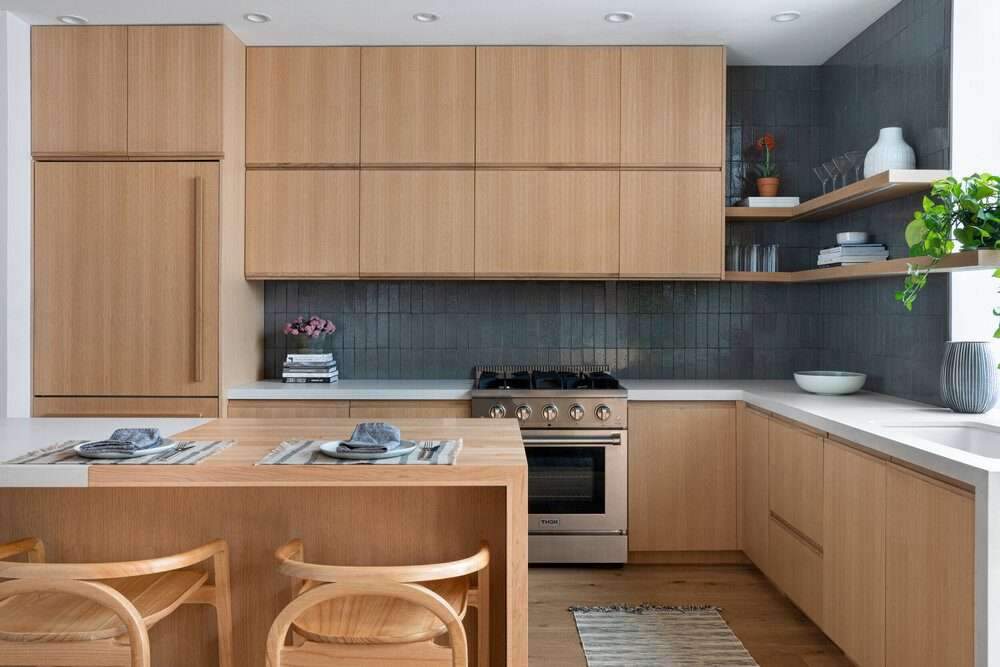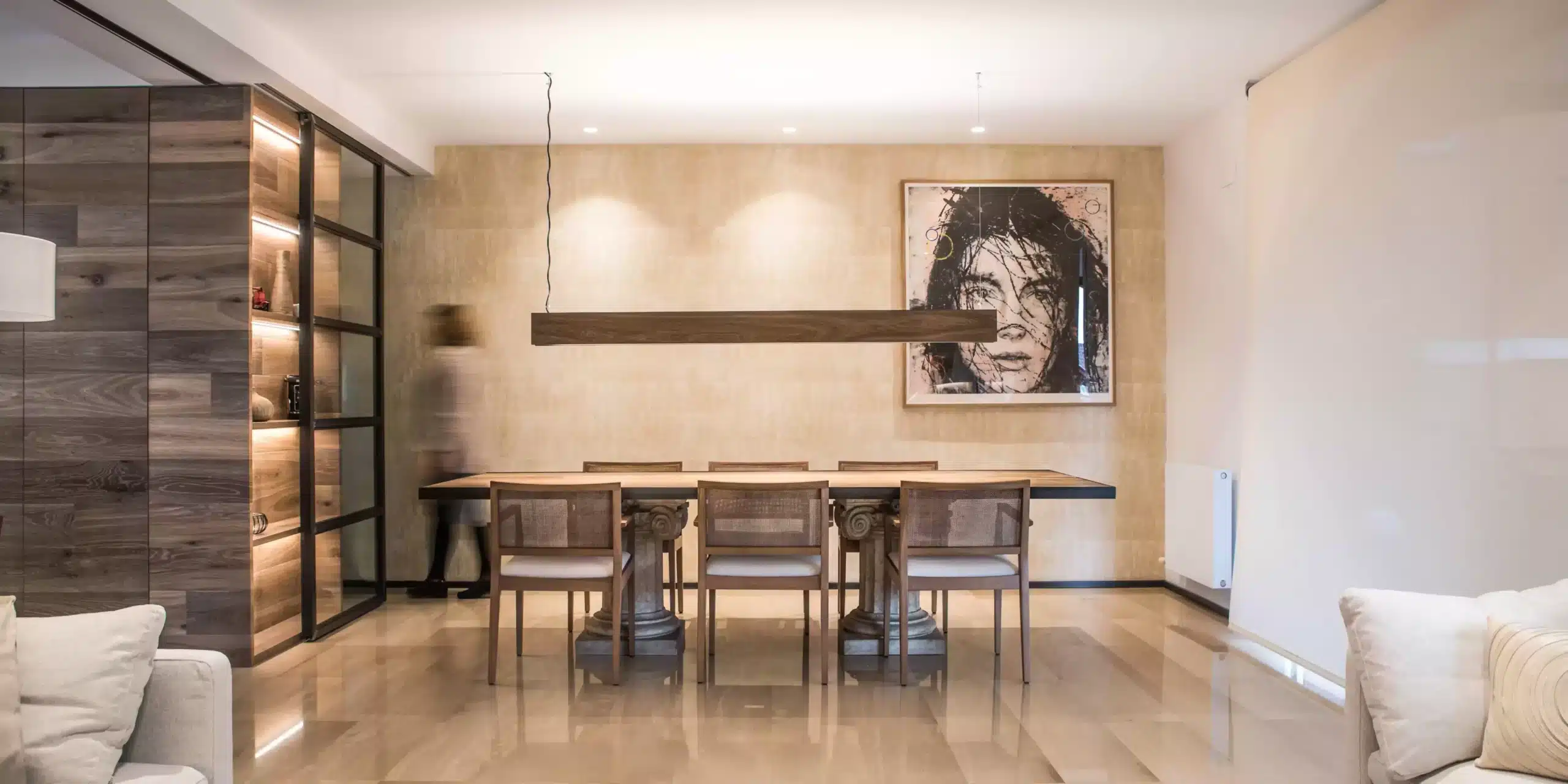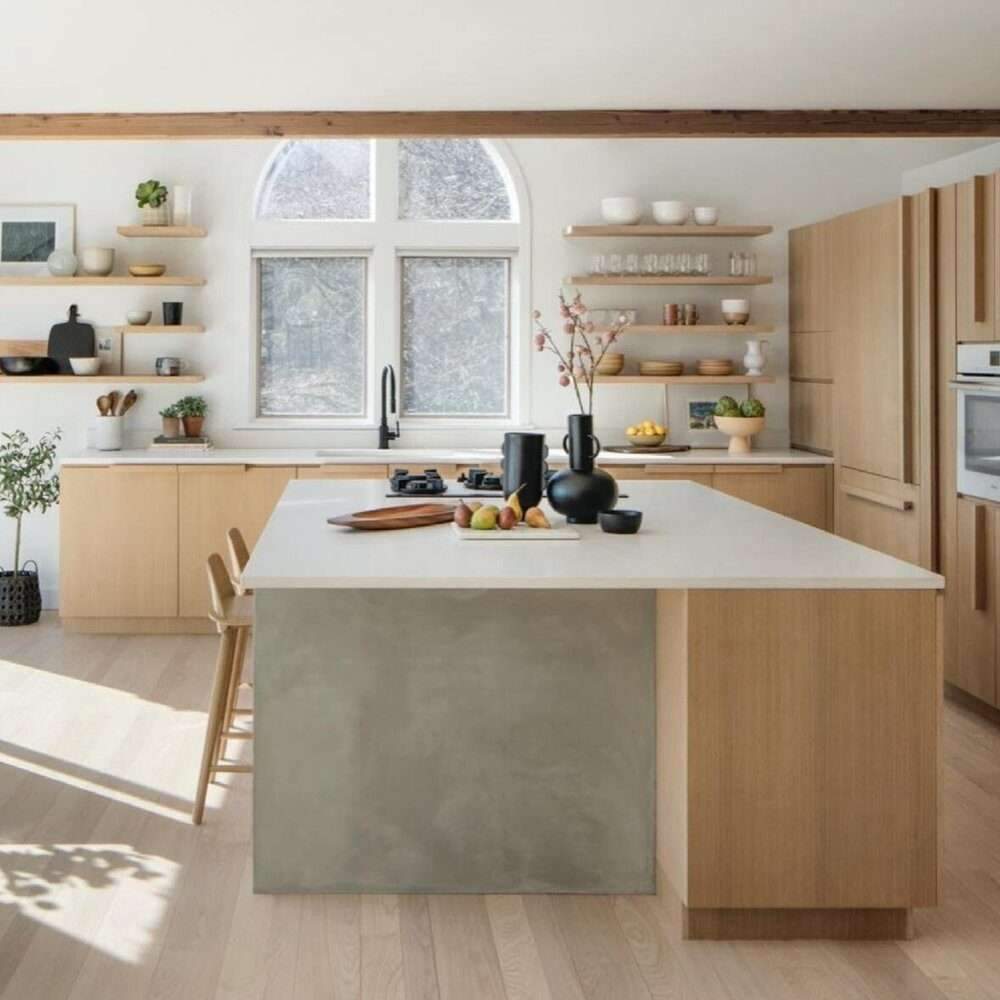A well-designed room often consists of many design elements, and this can take the form of textures, colors, and materials as well.
Just take a step back and rate the room you’re in right now,
Look at the choice of furniture, but also look at the floors and walls to see how these details support each other to tie the room together.
Each of these components contribute equally to the overall atmosphere and feel of a particular room.
Style and aesthetics are certainly important in a room, as this is what gives the space a personal touch, but it also creates a space that one can feel good about being in.
In addition to being visually pleasing, a room’s interior design and room architecture can actually have an effect on your mood, as many studies have indicated in the past.
But making a room look elegant is not only the job of an interior designer. A skilled interior designer knows how to keep the lifestyle needs of a client in mind.
These considerations are then incorporated into the final design of the space.
When balancing the importance of style and the lifestyle needs of a client, an experienced interior designer will have a solid understanding of working with the right materials.
But you may be wondering, what exactly is the importance of choosing the right materials?
Follow along as we walk you through some of the basics, while we also explore some design tips you might want to consider for your future design projects.

Why materials are important in interior design
Just like in architecture, choosing the right materials is important to create a solid structure, but it also achieves the design purpose.
You probably wouldn’t use brittle materials like talc or chalk to construct a building, knowing that it wouldn’t be able to stand properly.
Instead, you will likely use durable materials such as concrete and steel because they are both functional and proven base materials.
Now apply this kind of approach with interior design, the right materials are not only chosen for the purpose of making the room look beautiful,
Rather, it really aims to add some form of functionality to make the space more functional and usable.
Considering the common soft and hard materials found in a room, keep in mind some of our points as we look at how to use them to get the most out of style and function.
Soft materials
From textiles to fabrics, these materials can come in many shapes and forms, and carpets, curtains, towels, and pillows to name a few are categorized under soft materials.
But when using soft materials, what are some common uses for them?
Obviously, the beds and sofas are built with a sturdy structure,
But in order to be functional and comfortable to use, it is lined and trimmed with soft materials so that it is comfortable to use for its design purpose.
The interior designer also knows that there is a wide range of fabrics to choose from to use with these pieces of furniture.
These materials are often paired well with silk, linen and cotton cushion covers and blankets.
Another popular use of soft materials is to incorporate balance into a room.
While this point falls more in the realm of design, the focus is still on both style and function.
A room that relies solely on functionality will be dull and lifeless.
And soft materials can hold some of the best decorative pieces like curtains and rugs.
solids
Everything needs structure, but figuratively speaking in the context of interior design,
A solid base is needed just to make sure that the furniture in your room is stable.
Although it may seem obvious why the presence of solids is important,
You can still consider common uses for it when it comes to design below.
For many, practicality is an important factor in interior design.
Solid materials are best used in practical designs, as they meet the necessary structural needs in a room.
For example, consider the materials used in floors and walls, with floors, in particular,
Materials such as hardwood and tiles are best used in certain rooms for their durability and practicality.
And compared to soft materials, hard materials can be easier to clean in most cases
Which makes it ideal for those who focus on having a functional design.
Solids can also be used effectively in design.
Accessories and decorative objects like vases and shelves are design elements that tie style and function together in a room.
What makes hard materials ideal is the fact that they are often more durable than soft materials, with a few exceptions of course.
Material suggestions for common rooms
Because soft and hard materials are so distinct,
a combination of them is often necessary in many rooms to make them stylish and functional.
If you’re looking for design tips on what materials to use in common rooms,
look no further than some of the suggestions below.

Kitchens
Kitchens are one of the rooms in the house that often gets dirty the fastest.
This is mainly due to the fact that tasks that require food preparation
and the use of kitchen utensils contribute to this.
With this in mind, solids using tiles and stainless steel would be perfect for the kitchen.
Although soft materials will be used in the form of towels and other decorative items,
it would be best to keep them to a minimum.
Because soft materials can be difficult to clean, and it may not be the most practical place to get it. Dirty very quickly.

bathrooms
Like kitchens, the amount of use a bathroom gets means it can get quite dirty in a short period of time.
With functionality in mind, tiles are often used as solid materials in bathrooms.
From floors to walls, these solids are recommended because they are easy to clean and do not absorb moisture.
Using a material like solid wood might not be a good idea for a bathroom,
since it is not waterproof compared to tile.
Soft materials can be used in the bathroom, especially those that absorb more water for use as rugs.

bed room
Compared to kitchens and bathrooms, the bedroom can actually contain more soft materials,
as this room is often associated with comfort.
The typical bedroom is often made up of many soft materials.
With the use of a variety of textures and fabrics to decorate it in the best possible way.
Even with floors, soft materials such as rugs can be used.
Although it may require more maintenance compared to hardwood floors such as hardwood.
For more architectural news
The design of outdoor spaces and their impact on the surrounding environment


 العربية
العربية
